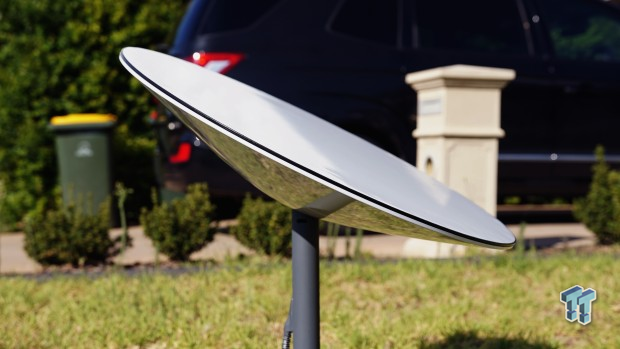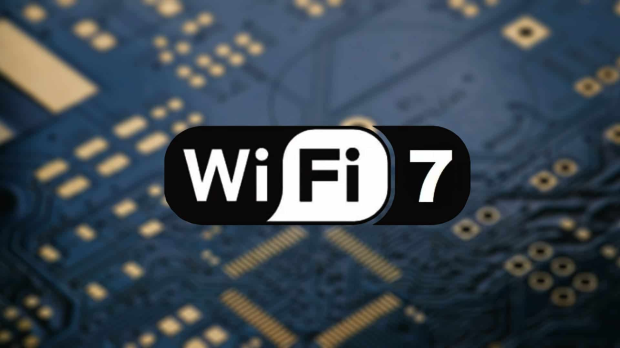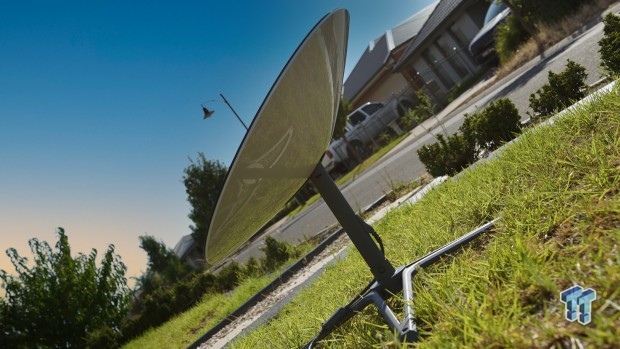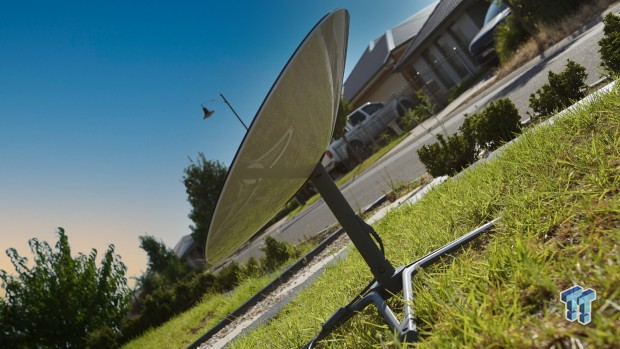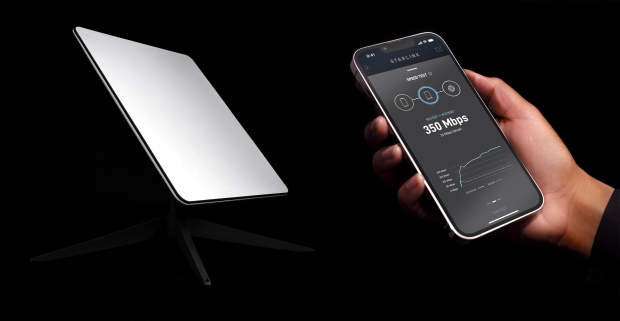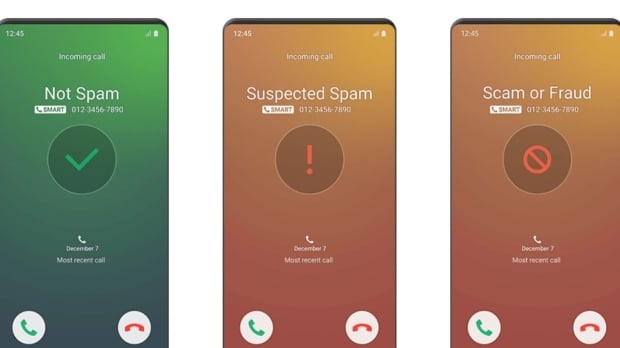Connectivity, Communications & Cloud News - Page 4
Intel teams with Lockheed Martin on 5G comms for the US military
Intel and Lockheed Martin already collaborate with strategic relationships that have been nurtured for over 10 years now, but the two have just entered a new memorandum of understanding (MOU) with the future of 5G technology.
The companies will use 5G software and hardware solutions to push for faster, and quicker actions for the U.S. Department of Defense. Intel already provides 5G solutions that are integrated into Lockheed Martin's 5G.MIL Hybrid Base Station.
Lockheed Martin's 5G.MIL Hybrid Base Station "acts as a multi-network gateway for ubiquitous communications between military personnel and current and emerging platforms including satellites, aircraft, ships and ground vehicles". Inside, Lockheed Martin also uses Intel's advanced processor technologies and innovations on network and the edge "to bring cloud capabilities to the areas of tactical need".
Continue reading: Intel teams with Lockheed Martin on 5G comms for the US military (full post)
Russia to 'disconnect from global internet' on March 11
If you're living in Russia right now, I can't imagine how it must feel being cancel cultured out of civilized society so quickly... but now rumors are flying that Russia is going to "disconnect from the global internet".
Belarus-based media outlet Nexta tweeted: "#Russia began active preparations for disconnection from the global Internet. No later than March 11, all servers and domains must be transferred to the #Russian zone. In addition, detailed data on the network infrastructure of the sites is being collected".
Now, I don't want to sit here and write doomsday clickbait BS when it comes to a topic like this... but Russia has been toying with disconnecting from the "global internet" for a while now. Back in July 2021, Russia "managed to disconnect itself from the global internet during tests in June and July", not even a year ago, reported Reuters at the time.
Continue reading: Russia to 'disconnect from global internet' on March 11 (full post)
SpaceX sending more Starlink systems to 'destroyed cities' in Ukraine
SpaceX is sending even more Starlink terminals to Ukraine, with Ukraine President Volodymyr Zelensky tweeting out thanks once again, to Elon Musk.
Zelensky must be planning far ahead and sees the war over soon obviously, as he quips that he chilled and chatted to Musk about "possible space projects". He's got the time to take away from the battle of his lifetime, and his people's lifetime, to talk space projects -- alright. He adds that "I'll talk about this after the war", where I guess Ukraine will be able to defend itself from enemies blowing up its future space projects launching off Ukrainian soil. Maybe they can get Oculus founder Palmer Luckey and his defense startup Anduril Industries to help out with some Terminator-level AI robots defending Ukrainian air (and soon, spaced) airspace.
Ukraine President Volodymyr Zelensky said: "Talked to @elonmusk. I'm grateful to him for supporting Ukraine with words and deeds. Next week we will receive another batch of Starlink systems for destroyed cities. Discussed possible space projects 🚀. But I'll talk about this after the war".
Continue reading: SpaceX sending more Starlink systems to 'destroyed cities' in Ukraine (full post)
Wi-Fi 7 doesn't even exist yet, but Qualcomm has it: up to 5.8Gbps
Qualcomm has just unveiled its new Wi-Fi 7 solutions at Mobile World Congress (MWC) last week, with the company proudly teasing the "world's first announced Wi-Fi 7 product".
The company is introducing its new FastConnect 7800 which has some deliciously high speeds and low latency, with Qualcomm promising high-speed, ultra-low latency Wi-Fi that are only capable with the next-gen Wi-Fi 7 standard. Qualcomm is using a High Band Simultaneous (HBS) Multi-Link technology, which the company says is the "premium capability" for Wi-Fi 7 networks.
Qualcomm explains: "At Qualcomm Technologies, good is never good enough - for us or our customers. As a leading wireless technology innovator, we constantly drive progress to bring you the best technology solutions and experiences. Today, that pursuit comes in the form of initiating a new era of connectivity supporting both Wi-Fi 7 and next-gen Bluetooth connectivity: Qualcomm FastConnect 7800, the world's fastest and most versatile connectivity system".
Continue reading: Wi-Fi 7 doesn't even exist yet, but Qualcomm has it: up to 5.8Gbps (full post)
Elon Musk won't ban Russian news on Starlink 'unless at gunpoint'
Elon Musk has been helping out with the conflict in Ukraine with SpaceX Starlink satellite internet connections, with both Starlink satellites and user terminals... but now, Musk has some fightin' words.
In a new tweet, the SpaceX and Tesla founder said that some international governments want SpaceX to block Russian media outlets from using Starlink satellite internet connections. Musk tweeted that SpaceX would not be complying with these new orders "unless at gunpoint".
Musk tweeted: "Starlink has been told by some governments (not Ukraine) to block Russian news sources. We will not do so unless at gunpoint. Sorry to be a free speech absolutist".
Continue reading: Elon Musk won't ban Russian news on Starlink 'unless at gunpoint' (full post)
Truck with SpaceX Starlink terminals Elon Musk gave to Ukraine arrives
Elon Musk has delivered on his personal promise, with a truck filled with SpaceX Starlink user terminals to Ukraine.
Ukraine Vice Prime Minister Mykhailo Fedorov asked Tesla and SpaceX CEO Elon Musk to help the country out by sending over Starlink satellite internet access, which had been activated in the days prior, but now the user terminals have turned up.
Fedorov tweeted "Starlink - here" and thanked Elon, to which the SpaceX founder simply tweeted "You are most welcome". Now that is some impressive turnaround time for SpaceX, to have Starlink satellites above Ukraine and then user terminals out in something like a 72-hour period is mighty impressive. So too is all of this happening with rockets, explosions, and everything in between that a special convoy from SpaceX with next-gen satellite technology was able to make it through unscathed.
Continue reading: Truck with SpaceX Starlink terminals Elon Musk gave to Ukraine arrives (full post)
Elon Musk: 'Starlink service now active in Ukraine', more on the way
I think most of the world knows about the conflict in Ukraine right now, but the assistance of SpaceX and Tesla founder Elon Musk has been called upon by Ukraine Vice Prime Minister Mykhailo Fedorov.
Fedorov took to Twitter, and tweeted to Musk for help, saying: "while you try to colonize Mars - Russia try to occupy Ukraine! While your rockets successfully land from space - Russian rockets attack Ukrainian civil people! We ask you to provide Ukraine with Starlink stations and to address sane Russians to stand".
Russian invasion of Ukraine has affected internet connectivity, but with SpaceX satellites above the people of Ukraine, those with SpaceX Starlink satellite internet will have connectivity. This is one of the beauties of Starlink internet, as you just need a power point and you're good to go -- especially if you've got Musk personally helping you out as the Vice PM of Ukraine -- nothing can take that down.
Continue reading: Elon Musk: 'Starlink service now active in Ukraine', more on the way (full post)
SpaceX's new Starlink Premium: up to 500Mbps for $500 per month
I personally signed up for SpaceX Starlink satellite internet a few weeks ago and will have my connection by the end of Q1 2022 hopefully, but as I went to check the SpaceX website I noticed something new... Starlink Premium. A quick Google search and yeah, it was just unveiled a couple of hours ago.
SpaceX's introduction of Starlink Premium offers a higher-end satellite internet service, offering faster speeds of 150Mbps through to a much faster 500Mbps -- with 20-40ms latency -- while upload speeds are bumped to 20Mbps to 40Mbps. This is compared to the 50Mbps to 250Mbps on the regular Starlink service on the download speeds, while uploads are just 10-20Mbps on the regular Starlink.
But... the regular Starlink service costs you $99 per month while Starlink Premium costs $500 per month -- 5x the cost, as well as the huge $2500 for the beefier antenna and other required hardware. You'll also need to plonk down a $500 deposit for Starlink Premium.
Continue reading: SpaceX's new Starlink Premium: up to 500Mbps for $500 per month (full post)
Starlink: sorry, no cover if a DINOSAUR damages your equipment
If you live somewhere where dinosaurs roam around, you might want to disconnect your SpaceX Starlink satellite internet service... because if a dinosaur roams too close to your house and stomps on your dish, you're not covered under warranty.
SpaceX explains in its Starlink warranty: "The warranty does not cover damage due to: Lightning, electrical surges, fires, floods, hail, windstorms, earthquakes, meteors, solar storms, dinosaurs or other forces of nature". Yes, you read that right -- meteors, solar storms, DINOSAURS, and other "forces of nature". Might as well include General Zod and Thanos, I guess.
Another thing is that Starlink is already laying the groundwork for Elon Musk and SpaceX's adventures to Mars, where Starlink won't be bound by Earth laws on the Martian surface of Mars. You can read more on that below.
Continue reading: Starlink: sorry, no cover if a DINOSAUR damages your equipment (full post)
T-Mobile identified, blocked 21 billion scam calls in 2021 alone
T-Mobile has successfully identified or blocked over 21 billion spam calls in 2021 alone, which works out to around 700 calls every second.
The US telco giant identified 1.1 billion calls as Scam Likely in January 2021 alone, while by November 2021 those numbers had reached 2.5 billion. The reason why spam calls ramped from 2020 to 2021 was because of the on-going pandemic, with an average rate of around 425 million spam calls per week these numbers are up 116% compared to 2020.
Spam calls dropped off by 80% across the weekend, as well as slowing down during the holidays. According to a recent report from Truecaller, around 23% of Americans have fallen for the spam calls and lost money as a result. There was an average of $502 lost per person, up from $351 in 2020 -- in total, we're looking at just shy of $30 billion for 2021.
Continue reading: T-Mobile identified, blocked 21 billion scam calls in 2021 alone (full post)




